By Terry Vermeylen
As I’ve highlighted in previous articles, while artificial intelligence offers remarkable capabilities, it isn’t always the panacea for every business challenge. Human group and critical thinking, supported by simple, effective tools, will always reign supreme, especially in the realm of solution architecture. The ability to collectively brainstorm, discuss, and map out solutions using tangible materials fosters a level of engagement and collaboration that AI tools struggle to match.
The Tangible Touch: Engaging and Effective
There’s something uniquely satisfying about the tactile engagement that traditional tools offer. When participants physically handle post-its and sharpies, they connect more deeply with the architectural content. The act of writing on paper and moving post-its around not only fosters creativity but also anchors ideas more firmly in participants’ minds. This hands-on interaction is something that a mouse click or digital drag-and-drop cannot replicate.
Visual Impact: Seeing the Big Picture
One of the most compelling aspects of using physical tools is the visual impact they create. A wall covered with colorful post-its and sprawling diagrams provides a large, immediate, and easily comprehensible visual representation of the architecture. This physical presence allows teams to see the entire solution at a glance, making it easier to identify bottlenecks, dependencies, and opportunities for improvement. Digital tools, constrained by screen sizes and digital interfaces, often fail to deliver this level of visual clarity and immediacy.
Collaboration Without Distraction
In an age where digital distractions are rampant, traditional tools provide a much-needed respite. There are no notifications, no pop-ups, and no digital interruptions to divert attention from the task at hand. This focus is crucial during solution architecture sessions, where the goal is to immerse oneself fully in the design and collaboratively solve problems.
Accessibility and Flexibility: No Tech Required
Traditional tools are universally accessible. There is no need for a tech setup, no concerns about software compatibility, and no learning curve. Everyone can participate equally, regardless of their technological proficiency. This inclusivity ensures that all voices are heard, and all ideas are valued, creating a richer and more diverse problem-solving environment.
The Future of Solution Architecture: Blending the Best of Both Worlds
While traditional tools have clear advantages, it’s also important to acknowledge the benefits of digital solutions. The future of solution architecture lies in finding a balance—leveraging the immediacy and accessibility of physical tools for in-person sessions while integrating the flexibility and connectivity of digital tools for remote collaboration.
By blending the tactile engagement of traditional tools with the convenience of digital platforms, we can create a solution architecture experience that is both effective and adaptable to the needs of modern teams.
Conclusion
As we continue to navigate a world where digital and physical workspaces coexist, it’s essential to recognize that sometimes, the simplest tools are the most effective. Brown paper, post-its, sharpies, and scotch tape may seem old-fashioned, but they offer a level of engagement, clarity, and collaboration that digital tools cannot replace. So, the next time you’re planning a solution architecture session, consider going back to basics—you might just find that the simplest solutions are the most powerful.
Feel free to connect with me to discuss how these traditional tools can be integrated into your solution architecture efforts or to share your experiences and insights on this topic.
By Terry Vermeylen
Technology Writer, AI Enthusiast, and IT Project Management Consultant
worldclasssupplychain.com
